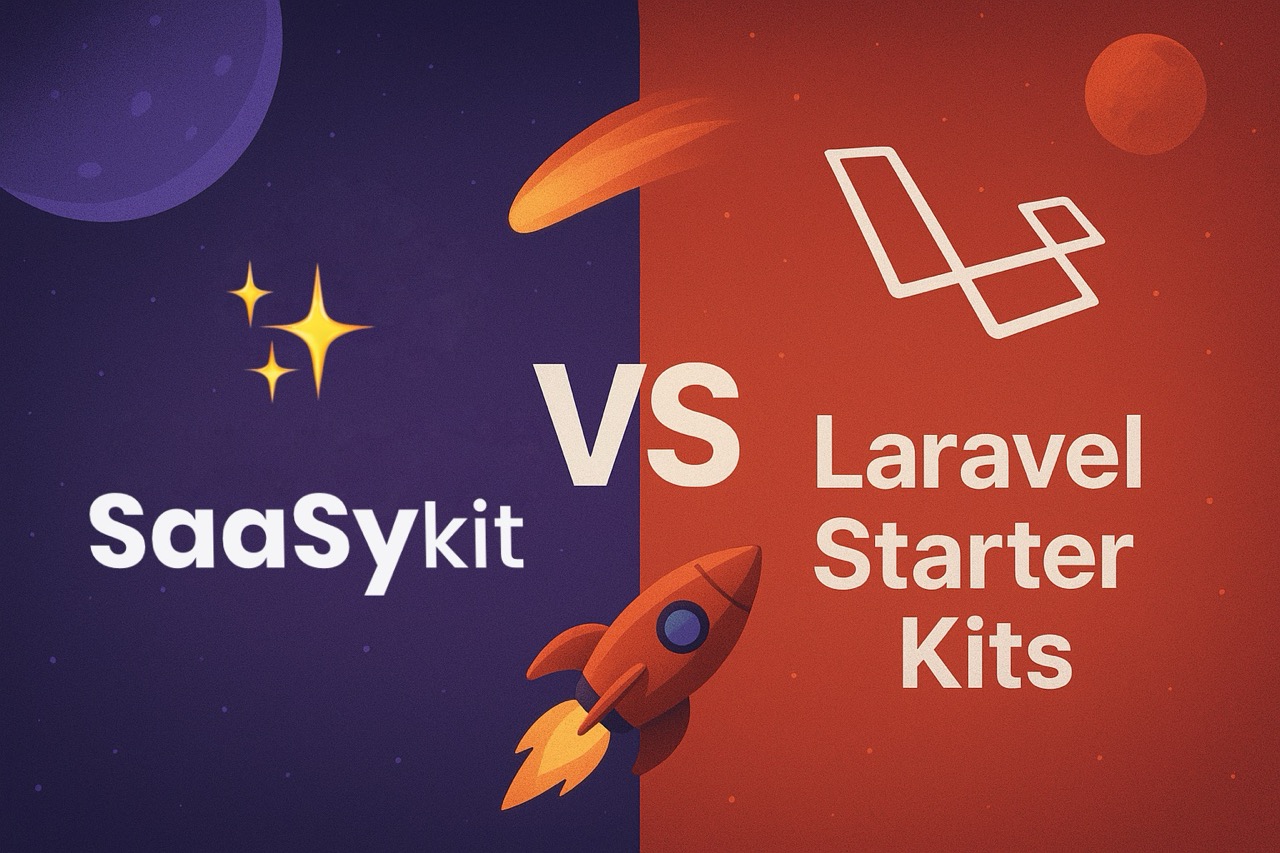Real-Time Laravel: Why WebSockets Beat Polling Every Time

If you’ve ever built a chat feature, a live dashboard, or a notification system, chances are you started with polling. It’s the classic hack: the frontend keeps asking the backend, “Anything new yet? How about now? Now?”
It works, sort of. But it’s also like trying to hold a conversation by repeatedly poking someone in the shoulder until they finally answer.
The good news? Laravel has Reverb, its very own WebSocket server. And with it, you can finally build real-time applications that feel smooth, instant, and modern, without hacks or external services.
The Pain of Polling
Let’s paint the picture.
Imagine you’re building a dashboard that shows the number of active users on your app. With polling, the client would hit /api/users/active every few seconds:
setInterval(async () => {
const res = await fetch('/api/users/active');
const data = await res.json();
updateCounter(data.count);
}, 3000);
On paper, it’s fine. In practice:
-
It’s wasteful. 9 out of 10 requests return nothing new.
-
It feels slow. If something changes right after your poll, the user won’t see it until the next cycle.
-
It doesn’t scale. Multiply that by thousands of users all polling every few seconds… your server starts sweating.
This is why chat apps built with polling always felt laggy. Why dashboards refreshed with a stutter. Why developers looked for better solutions.
WebSockets: A Conversation, Not an Interrogation
WebSockets flip the model. Instead of the client asking, the server just tells the client when something happens.
Think of it as the difference between: knocking on a door every 5 seconds asking, “Pizza ready yet?” vs. having the chef text you the moment your order’s out of the oven.
That’s what a persistent, two-way WebSocket connection gives you: instant communication without wasted effort.
Enter Laravel Reverb
Laravel Reverb is the framework’s official WebSocket server, built specifically for real-time broadcasting. Instead of gluing on an external service or spinning up a separate stack, Reverb runs right alongside your Laravel app.
It’s fast, lightweight, and built for high concurrency. More importantly, it feels native, the same elegant developer experience Laravel is known for, now extended to real-time apps.
No extra infrastructure. No separate runtime. Just Laravel, speaking WebSocket natively.
Getting Started with Reverb
1. Installation
Reverb ships as a package:
composer require laravel/reverb
php artisan install:broadcasting
That last command sets up your broadcasting configuration for Reverb.


